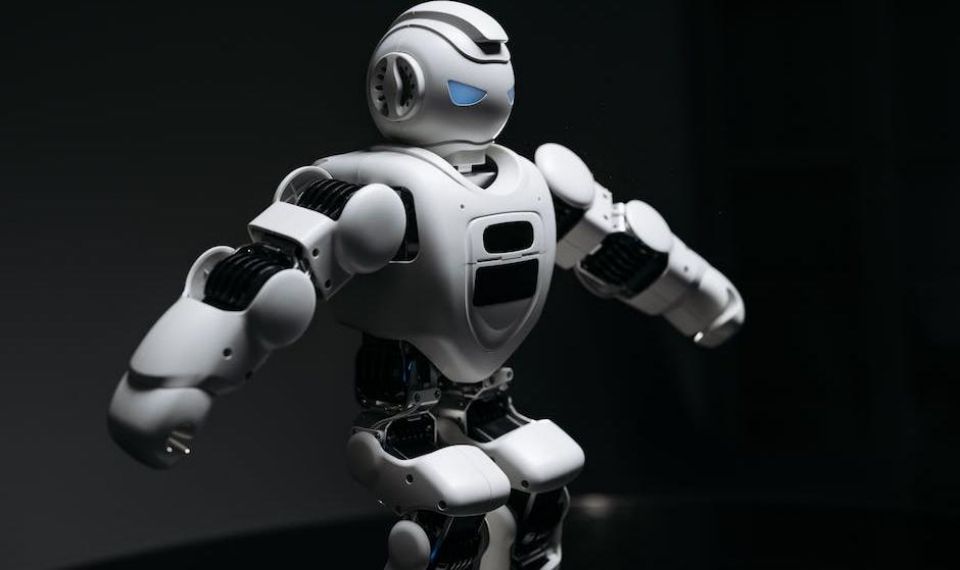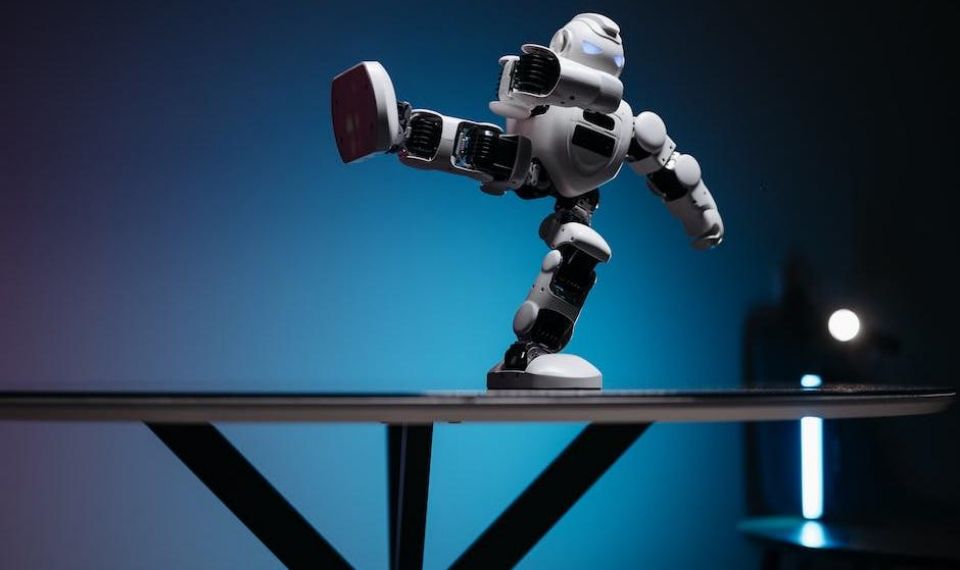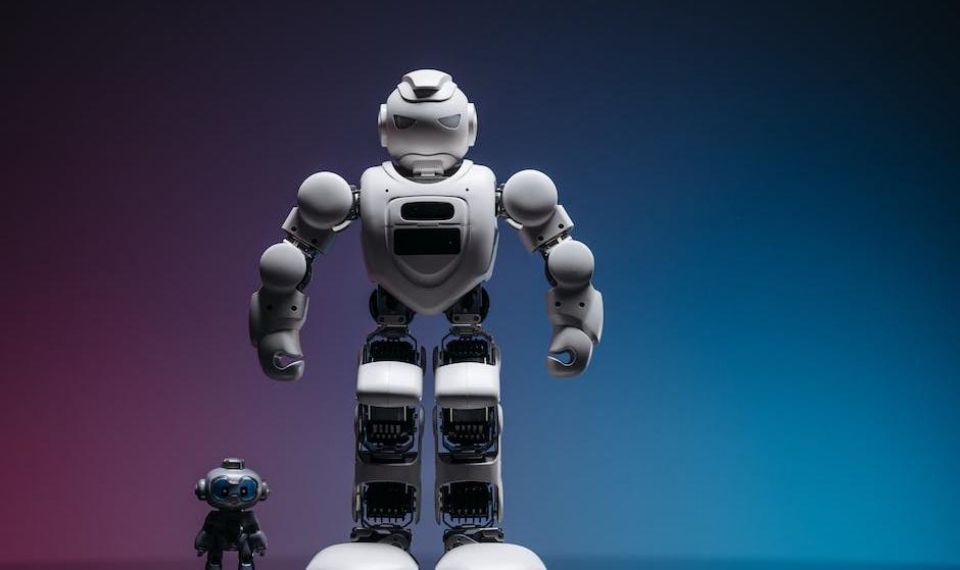
The advent of technology introduced robots into numerous aspects of human life, including the healthcare industry. A significant case in point is the Da Vinci Surgical System, a robotic surgery assistant that has revolutionized the medical field. This leading-edge robot, developed by Intuitive Surgical, allows surgeons to perform complex procedures with more control, precision, and flexibility than traditional surgical methods.
The Da Vinci system consists of three parts: the surgeon’s console, the patient-side cart, and the high-definition 3D Vision System. The surgeon operates from the console, viewing the surgical area with 3D high-definition imagery and controlling four robotic arms that replicate each hand motion made by the surgeon, just with greater steadiness and precision. The patient-side cart is where the action takes place. The cart transports the robotic appendages that carry out the surgery, and the vision system provides real-time, immersive imagery for the surgeon.
This system has facilitated the execution of minimally invasive surgeries, leading to faster recovery times and reduced infection risks for patients. For example, traditionally, a prostatectomy would involve significant incisions to reach the prostate gland but with the Da Vinci system, the surgery is performed through a few small incisions with enhanced vision, precision, and control. This technology again proved its worth, potentially saving lives, during the COVID-19 pandemic. By enabling remote surgery, it lessened the chance of transmission to healthcare professionals.
Moreover, the role of the Da Vinci system extends beyond the operative procedure itself. The machine is designed to collect surgical data for each operation it assists. This data is subsequently used to draw insights on improving methodologies, thus refining future surgeries. Furthermore, the system offers training simulations to healthcare professionals, contributing valuable experience without risking patient safety.
However, it’s imperative to consider the ethics and liabilities involved in robotic-assisted surgeries. While efficient, the Da Vinci system entirely depends on the surgeon’s skills and judgement. Any mechanical failure or operator error can potentially lead to severe consequences. Legal issues could arise regarding accountability in these cases – is it the surgeon, hospital, or the technology manufacturer that’s liable?
Despite these concerns, the Da Vinci Surgical System and similar robots hold promising potential in improving healthcare delivery. Supplemented with artificial intelligence, these systems could possibly automate certain surgical processes in the future, reducing human error and further enhancing patient recovery.
In conclusion, by providing precision, flexibility, and control, robots like the Da Vinci Surgical System are slowly transforming healthcare and redefining surgical procedures. While ethical and liability considerations need to be addressed, the breakthroughs in medical robotics are undeniably creating a potent impact on healthcare, contributing to better patient outcomes and experiences.









